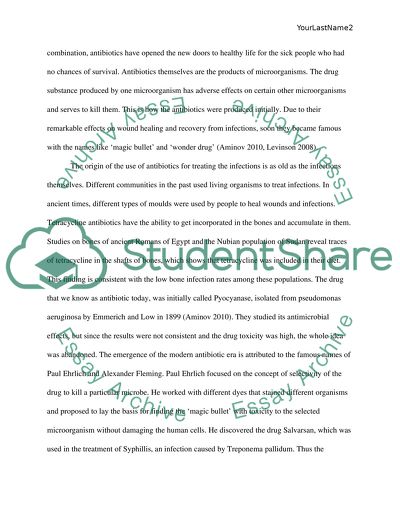Cite this document
(A Brief History of the Antibiotics Essay Example | Topics and Well Written Essays - 1590 words - 1, n.d.)
A Brief History of the Antibiotics Essay Example | Topics and Well Written Essays - 1590 words - 1. Retrieved from https://studentshare.org/health-sciences-medicine/1576052-the-history-of-antibiotics
A Brief History of the Antibiotics Essay Example | Topics and Well Written Essays - 1590 words - 1. Retrieved from https://studentshare.org/health-sciences-medicine/1576052-the-history-of-antibiotics
(A Brief History of the Antibiotics Essay Example | Topics and Well Written Essays - 1590 Words - 1)
A Brief History of the Antibiotics Essay Example | Topics and Well Written Essays - 1590 Words - 1. https://studentshare.org/health-sciences-medicine/1576052-the-history-of-antibiotics.
A Brief History of the Antibiotics Essay Example | Topics and Well Written Essays - 1590 Words - 1. https://studentshare.org/health-sciences-medicine/1576052-the-history-of-antibiotics.
“A Brief History of the Antibiotics Essay Example | Topics and Well Written Essays - 1590 Words - 1”, n.d. https://studentshare.org/health-sciences-medicine/1576052-the-history-of-antibiotics.


